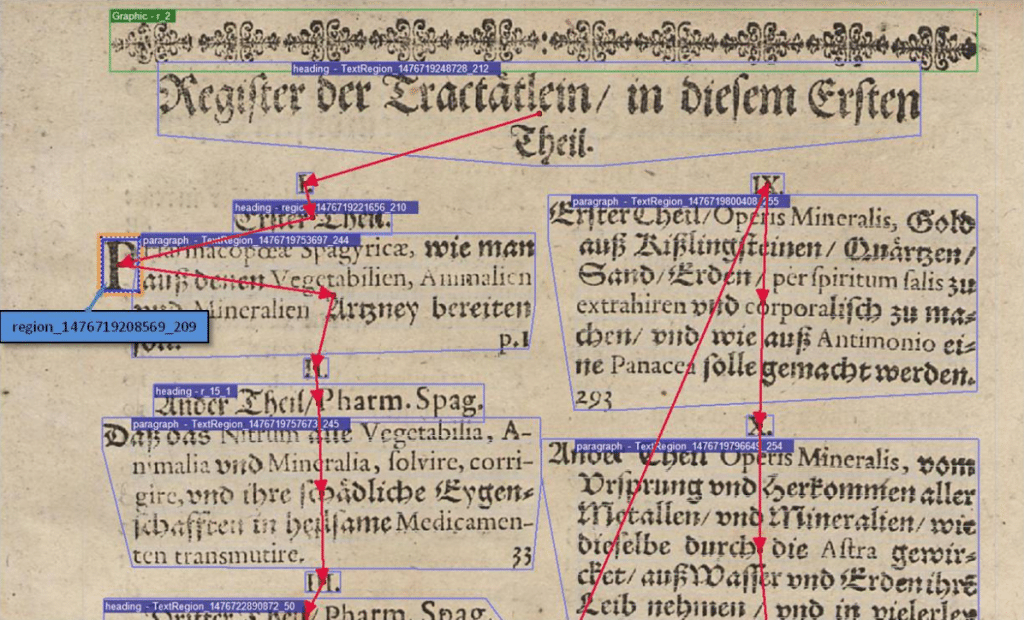
Revolutionizing Historical Research
The digitization of ancient texts has opened new vistas in historical research, providing unparalleled access to documents that were once accessible only to a select few. This transformation has been significantly propelled by advancements in image to text conversion technologies. These tools allow for the extraction of text from images of ancient manuscripts, facilitating a more efficient and comprehensive analysis of historical documents.
The process typically involves capturing high-resolution images of ancient texts, which are then processed through advanced optical character recognition (OCR) software. This technology has evolved to recognize not just modern fonts but also various ancient scripts, some of which are no longer in use.
As a result, historians and researchers can convert vast archives of handwritten or printed material into searchable, editable, and analyzable text formats.
Enhancing Accessibility and Preservation
One of the key benefits of using image to text conversion for ancient texts is the enhancement of accessibility. These converted texts can be easily shared and accessed by researchers around the world, breaking down geographical and logistical barriers that have traditionally limited historical research. Moreover, this technology plays a crucial role in the preservation of ancient documents. Physical manuscripts are susceptible to deterioration over time due to factors like humidity, temperature fluctuations, and light exposure. By converting these documents into digital formats, their contents can be preserved indefinitely. Digital copies also reduce the need for handling the original documents, further protecting them from physical degradation.
Bridging the Gap Between Past and Present
The application of image-to-text conversion technology in historical research serves as a bridge between the past and the present. It allows modern researchers to delve into ancient texts with an ease and depth that was previously unimaginable. For instance, the ability to quickly search through digitized texts for specific keywords or phrases dramatically speeds up the research process.
Furthermore, this technology enables the cross-referencing of texts from different periods and geographical locations. Researchers can easily compare and contrast various documents, leading to more nuanced and comprehensive historical analyses. This interconnected approach fosters a deeper understanding of the historical context and the evolution of cultures, languages, and societies over time.
Overcoming Linguistic and Script Challenges
- Challenge of Diverse Languages and Scripts:
Many ancient documents are in languages no longer widely spoken or in scripts that have evolved significantly over time, posing a unique challenge for OCR technology which must adapt to these varied linguistic elements.
- Collaborative Solutions:
Researchers and technologists collaborate to train OCR software on specific ancient scripts and languages. This involves:
- Creating extensive databases of these scripts.
- Using these databases to teach the software and enhance its recognition capabilities.
- Outcome:
These collaborative efforts have significantly expanded the OCR technology’s capability to include a wide range of ancient texts, thereby making more of human history accessible in digital formats.
Future Prospects and Innovations
The future of using image-to-text conversion for ancient texts holds exciting possibilities. Advances in artificial intelligence and machine learning are continually improving the accuracy and efficiency of OCR technology. Future innovations may allow for even more sophisticated analysis of ancient texts, such as automated translation and interpretation.
Additionally, there is a growing interest in integrating other technologies with OCR. For example, combining image to text conversion with virtual and augmented reality could create immersive experiences that allow individuals to interact with historical documents in new and engaging ways. This could revolutionize how history is taught and studied, making it more accessible and appealing to a broader audience.
Conclusion
The use of online image-to-text conversion for ancient texts is a groundbreaking development in the field of historical research. It has not only made ancient documents more accessible but has also opened up new methodologies for studying history. As technology continues to advance, it promises to further deepen our understanding of the past, connecting us more closely with the rich tapestry of human history.